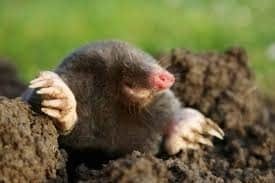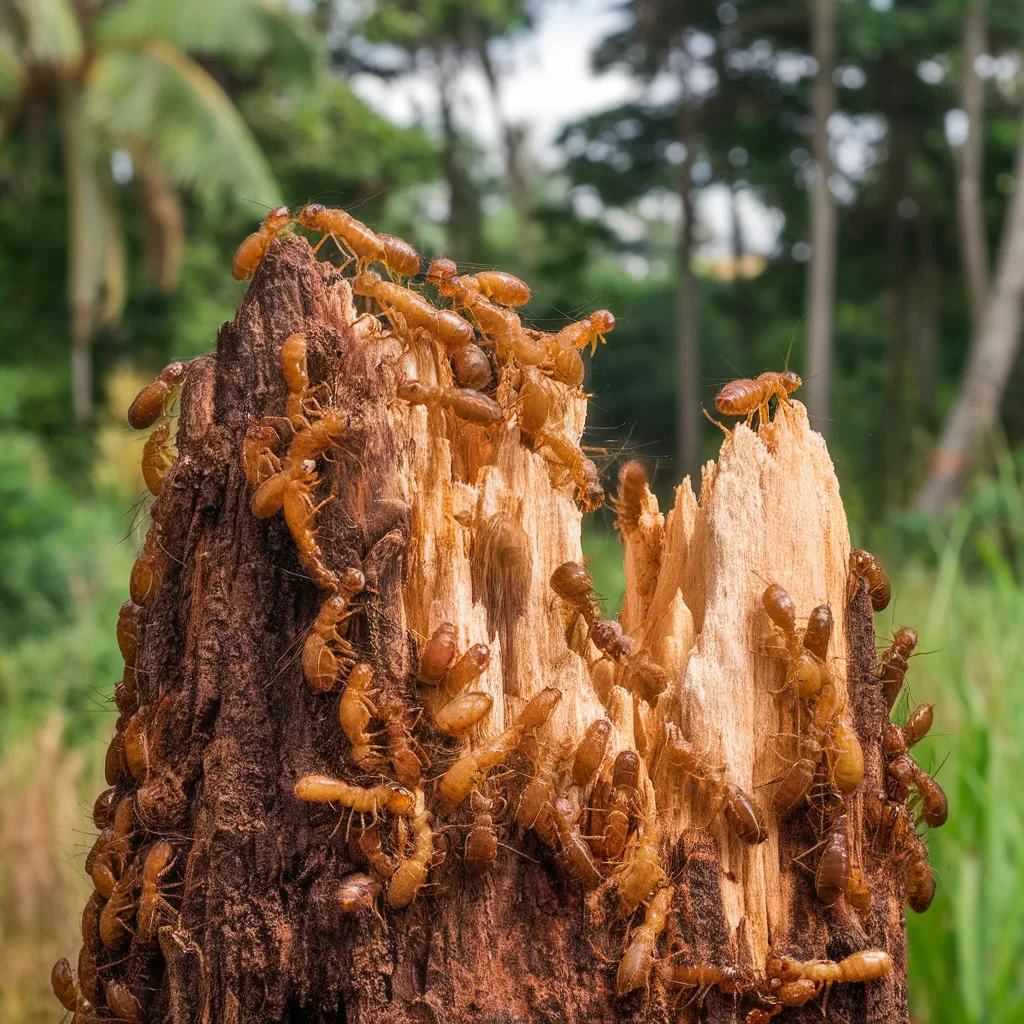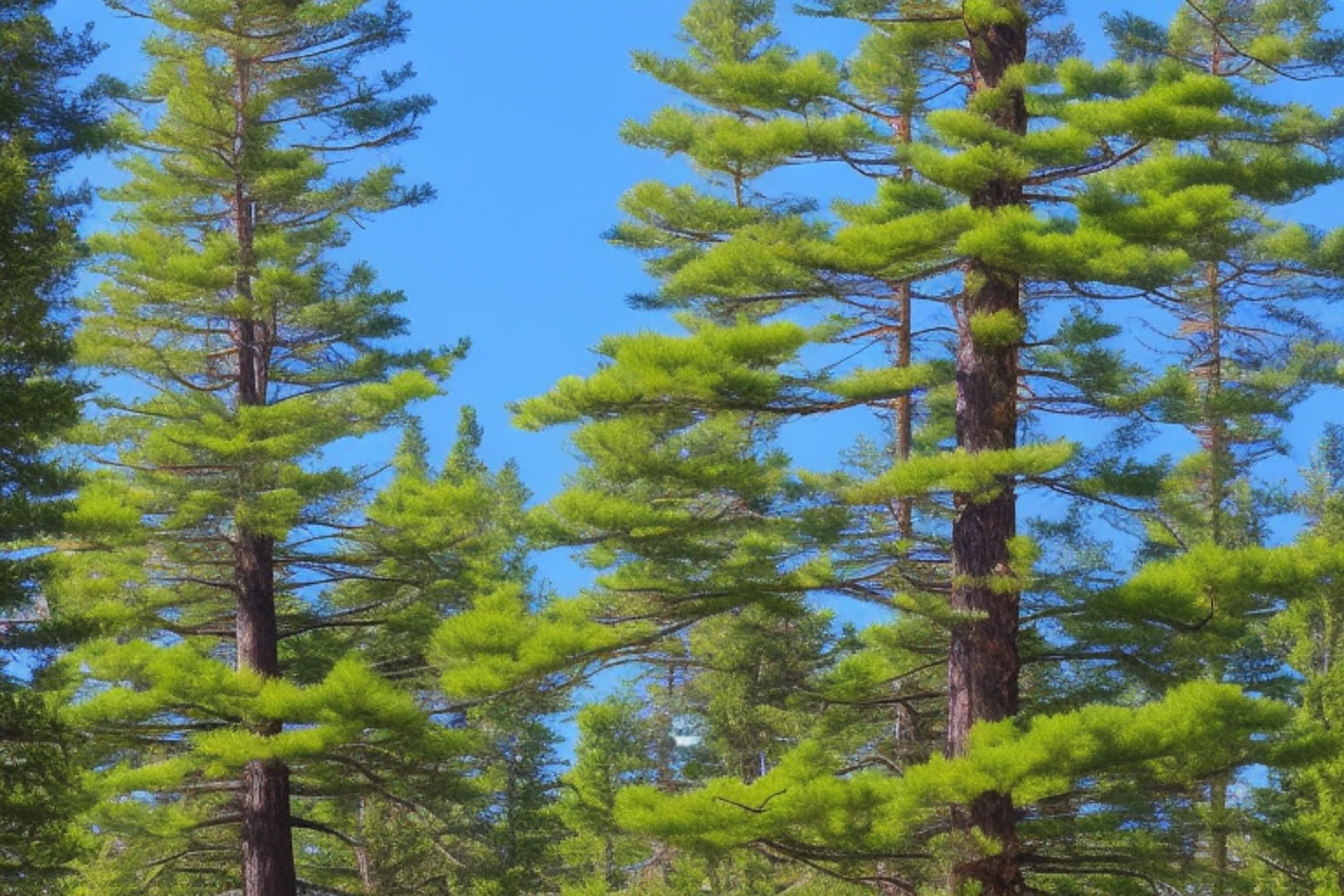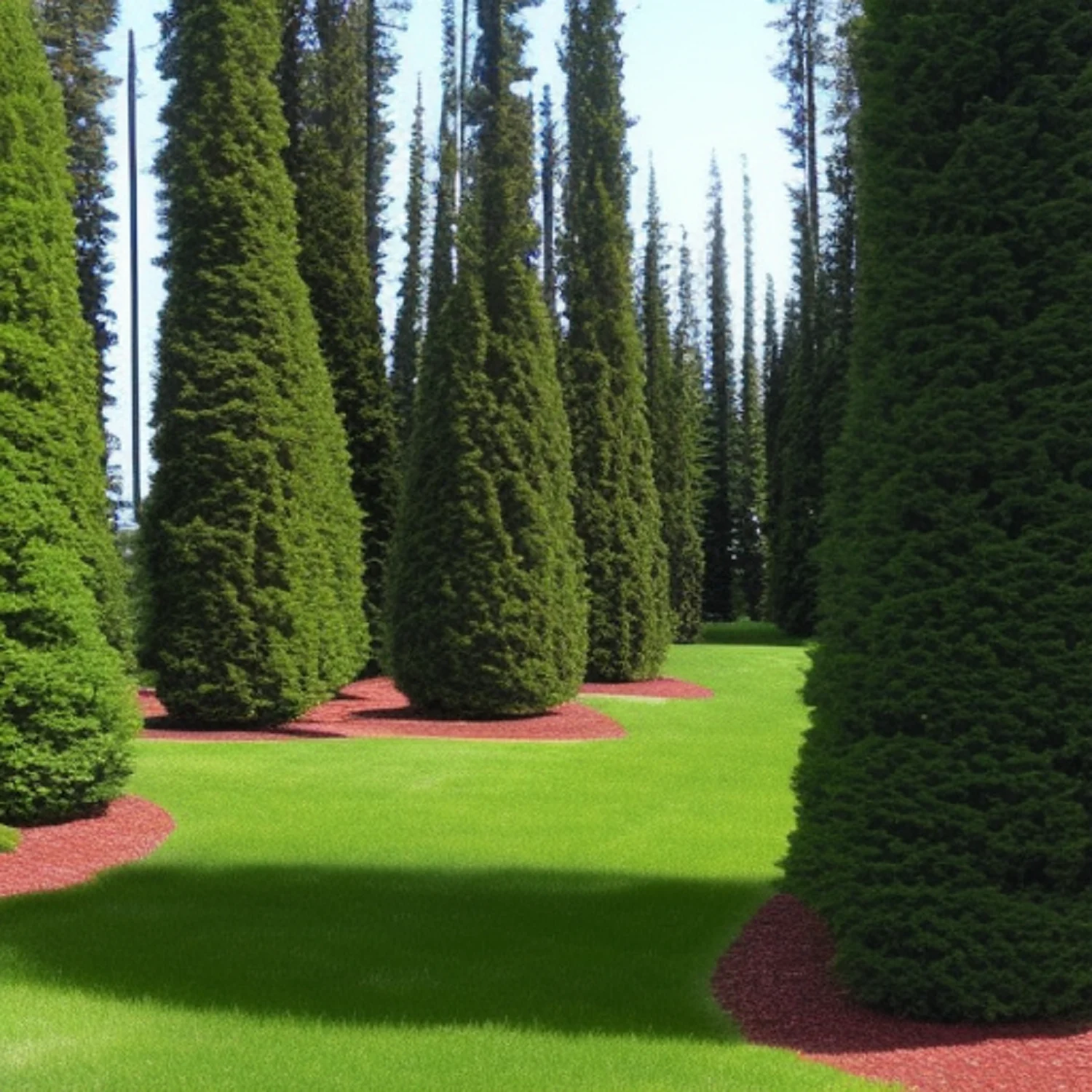How to get rid of voles. What you’ll see… are three different species of “Microtus,” which include the meadow vole, pine vole, and prairie vole. All three species look like a dark-colored mouse with short tails. Normally, they are quite shy and are seldom seen. In east Pennslyvania, the meadow vole is the most common, so I’ll discuss this critter. Pine voles, found in western Pennsylvania, have underground nests and subsurface tunnels.
We know how to get rid of Voles, contact us now for more help!
The reason for the problem… Under the protection of snow, the voles feed on the crowns of turfgrass. When the snow melts, you can see trails (not tunnels) that look much like you left a garden hose lying on the lawn. If there is a high population of voles, larger irregular areas may be damaged. Usually, loose grass that looks much like grass clippings, covers the damaged area. These damaged areas are usually located near protected hiding areas, such as ground cover and shrub beds. Unfortunately, the voles can also feed on the trunks and branches of plants.
Crabapples and junipers are favorite hosts. This feeding can cause girdling of the stem, which will result in the death of the plant portion beyond the girdle. On lower growing junipers, individual branches may be killed while the main trunk is not damaged. Girdled plants or branches usually die by late summer; however, some plants may die slowly over several years.
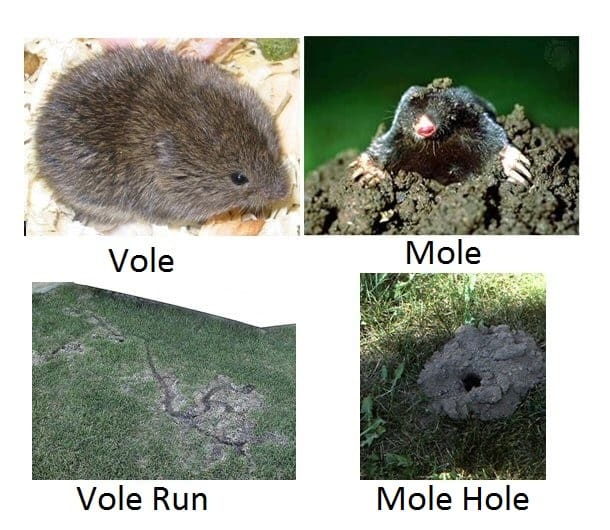
You Should… Lightly rake the damaged areas allowing sunlight to reach the soil so new grass shoots can form. Trails in the lawn will recover with normal growth. Larger damaged areas should be renovated and re-seeded. Girdled twigs should be removed by selective branch pruning, which is the best technique for pruning most junipers. Plants damaged with complete trunk girdling will need to be replaced. By the time the damage from voles is noticed, it is too late for prevention.
What can be done ?
Since most of the damage in landscapes takes place during the winter, damage prevention techniques should be implemented in the fall. If damage to trees and shrubs is anticipated, fall-applied rodent repellants can be helpful. Barriers to prevent trunk feeding can also be used. However, remember to push the barriers into the soil because the voles can feed at or slightly below the soil level. Finally, when you see a hawk perched on a pole, he or she is inspecting the grassy areas below for a vole meal. A cat on the prowl can also reduce vole populations.
We can help by… Ensuring the trees and shrubs are being protected from the surrounding damage promoting the quickest recovery possible.
